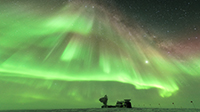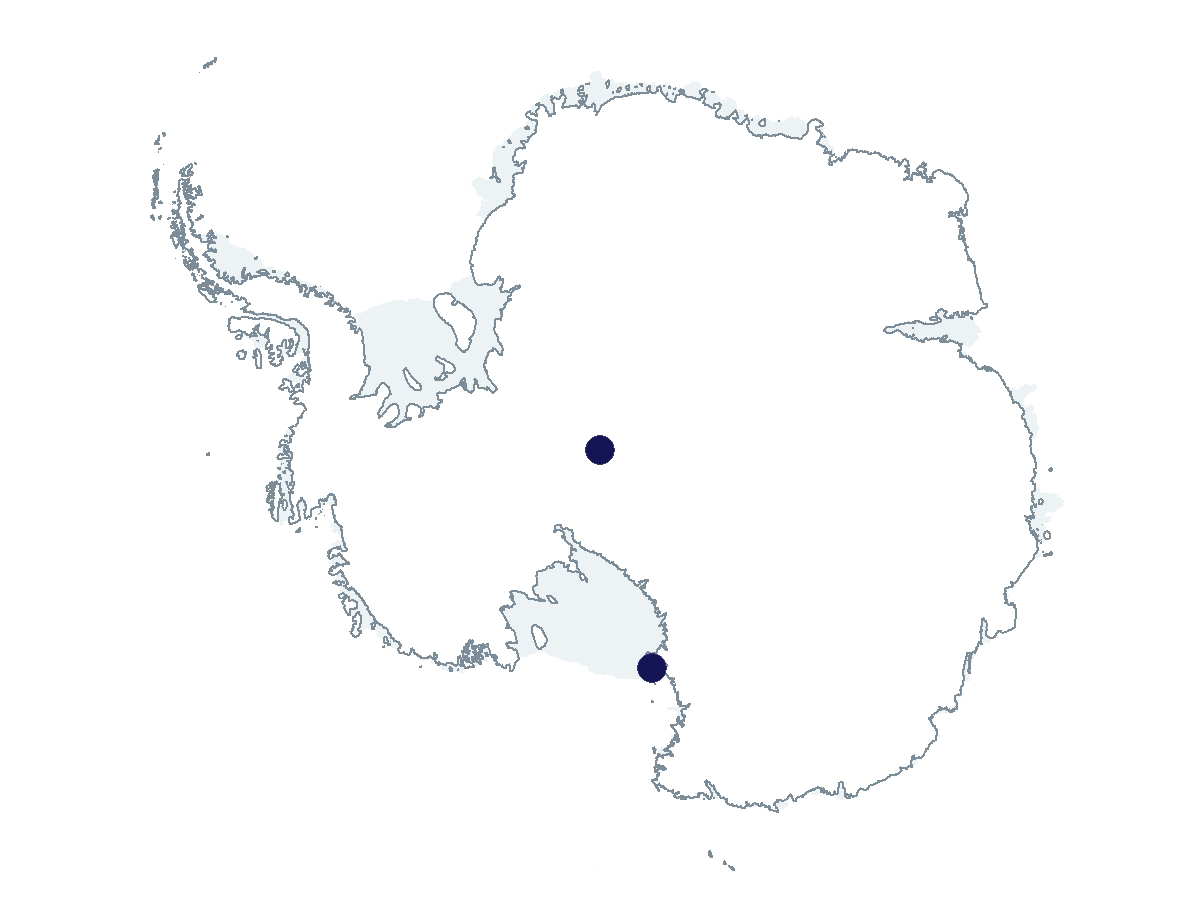2022-2023 USAP Field Season
Project Detail Project TitleLocal-scale drivers and responses of thermospheric weather above Antarctica Summary
Event Number:
Program Director:
ASC POC/Implementer: Principal Investigator(s)
Dr. Mark Gerard Conde
Project Web Site: Location
Supporting Stations: McMurdo Station, South Pole Station DescriptionThis project operates and maintains ground-based Fabry-Perot spectrometers at McMurdo Station and South Pole Station. The instruments measure mesospheric and thermospheric neutral winds and temperatures at heights of around 87 km, 120 km and 240 km. Data collected informs both large-scale changes in mean flow and small-scale local perturbations, independently resolves impacts due to forcing from above and from below and contributes to studies utilizing data from other types of observing systems located in Antarctica. Field Season OverviewThis project continues operations of the Fabry-Perot spectrometers installed at McMurdo and South Pole Stations. Minor upgrades and replacements of worn components are scheduled (i.e., service mechanical parts, align and calibrate the optics, replace short-lifetime components, install new OH filters), otherwise no changes to existing conditions or support requirements are anticipated. The instruments operate autonomously with remote intervention by the PI. Some interactions with contractor technicians at the sites are required to coordinate onsite interventions as needed. The U.S. Antarctic Program will provide up to two hours/week of support by a Research Associate year-round. Two science team members will deploy to service the instruments. They will provide their own supplies and tools. The trips require several days at each site, for a total of about two weeks in December. Typical maintenance consists of instrument maintenance and the installation of new or upgraded components. Deploying Team Members
|
2022-2023 Science Planning Summary



For USAP Participants |
For The Public |
For Researchers and EducatorsContact UsU.S. National Science FoundationOffice of Polar Programs Geosciences Directorate 2415 Eisenhower Avenue, Suite W7100 Alexandria, VA 22314 Sign up for the NSF Office of Polar Programs newsletter and events. Feedback Form |



